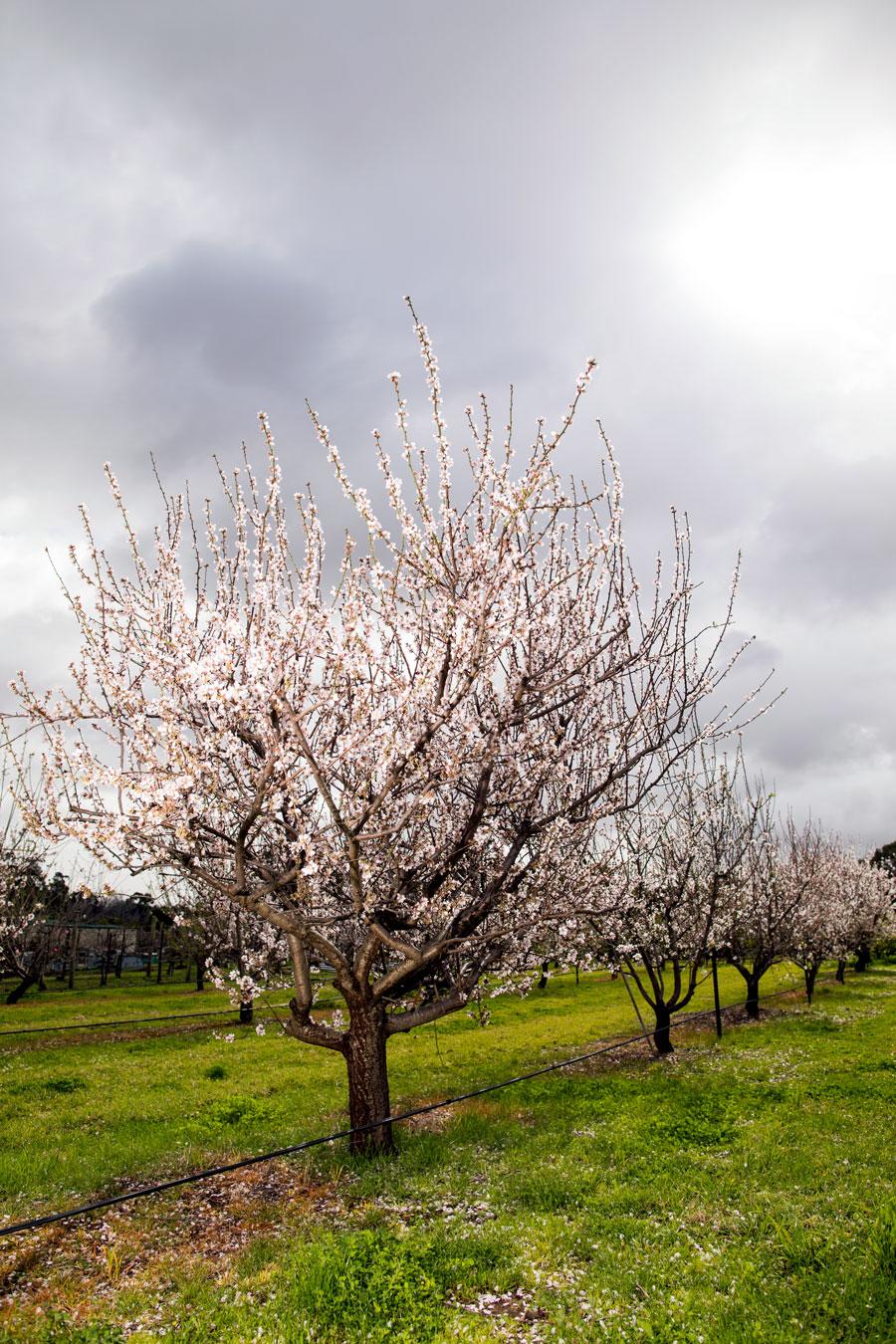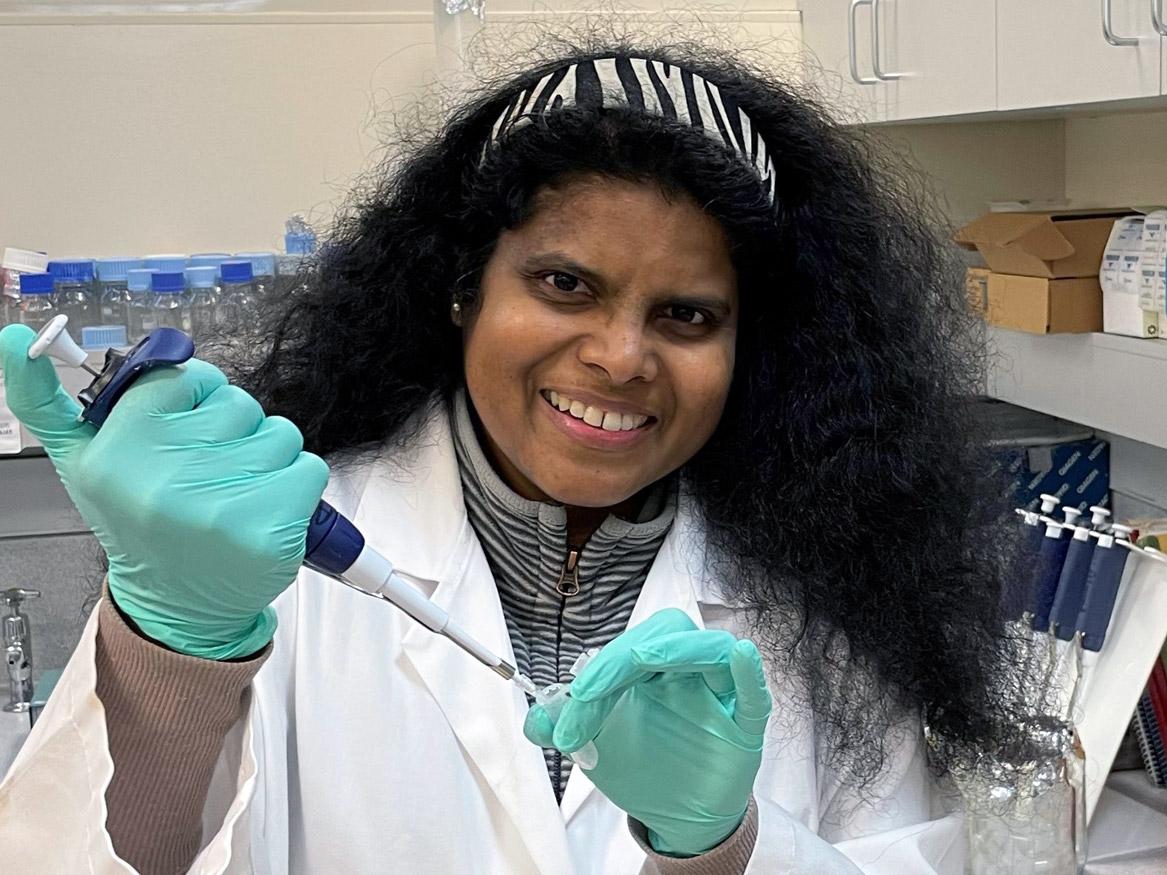Stop the spot: Almond bacterial spot disease in Australia
Student research projects are available to work with scientists using improved laboratory examination tools to determine the true causal agents for accurate diagnosis of bacterial spot in almond.

Xanthomonas arboricola pv. pruni is the cause of bacterial spot disease of stone fruits including almond. This disease is of a major concern when the weather is warm and wet.
In Australia, bacterial spot was first recorded in 1990s and has been reported in all five major almond growing regions: Sunraysia (VIC), Riverland (SA), Swan (WA), Riverina (NSW) and Adelaide Plains (SA). Recently, significant economic losses have been observed in some orchards.
This pathogen, which is classified as a quarantinable organism in the European Union, causes damage on leaves, fruits, twigs, branches and trunks of the trees.
Identification just from visual symptoms can be misleading as many other diseases produce similar symptoms. For example, gum exuding from the fruit may be caused by bacterial spot, anthracnose, wounding by insects, or as a response to physical damage. How can you tell these apart? Accurate diagnosis requires laboratory examination.
In Australia, the development of bacterial spot on almond in orchards have not been adequately investigated. Little is known about the morphological features, genetic diversity and about host- pathogen relationship among bacteria and the almond leaf and hull tissues.
Based on the available literature from Spain and USA, there could be several strains of bacterial spot disease causing agents and strains that might carry an avirulence gene.
This research aims to characterise bacterial spot isolates obtained from all almond growing regions in Australia morphologically and genetically. It also aims to explore the host- pathogen relationship among bacteria and the almond leaf and hull tissues towards the development of improved management strategies for Australian almond growers.
You will gain experience with:
- techniques used in isolating pathogens;
- methods in bacterial colony characterisation;
- DNA preparation, genetic marker development and sequencing; and
- microscopy and image analysis.

Supervisors
Co-supervisors: Dr Michelle Wirthensohn | Dr Cathryn Todd - PIRSA
Research area: Plant science, School of Agriculture, Food and Wine
Recommended honours enrolment: Honours in Plant Science
